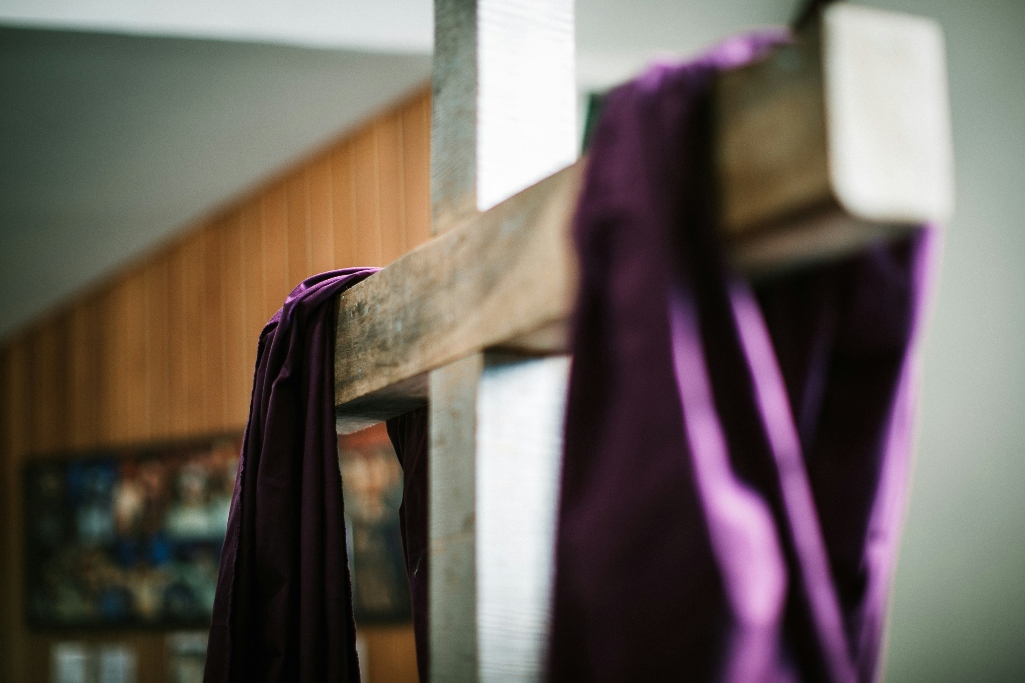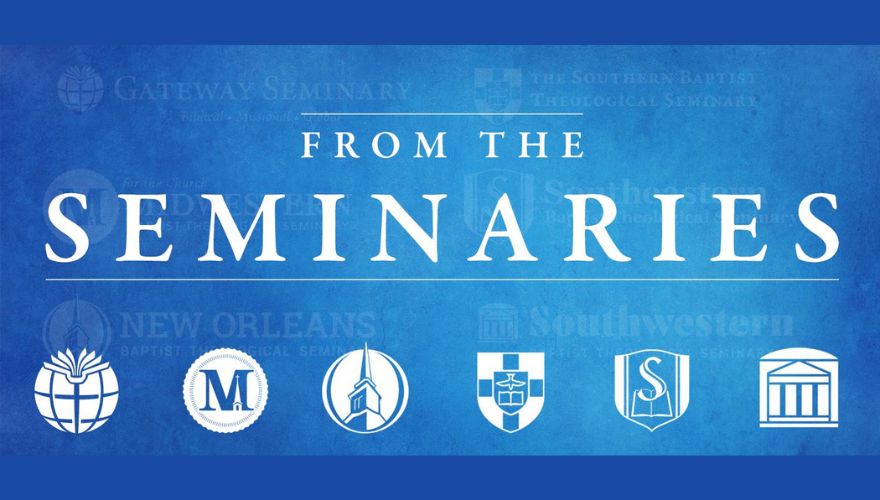
In a video accompanying his Bible study, "Body of Proof," Jeremiah Johnston motions to where the stone at the entrance of Jesus' tomb would have been prior to entering the area himself.
DALLAS (BP) — Jeremiah Johnston says the seminal event in Christianity’s history should be raised up more often.
“The Resurrection of Jesus is tragically under-taught, under-preached, and as a result, under-appreciated and under-applied by the vast majority of Jesus followers and pastors today,” Johnston, associate pastor of apologetics and cultural engagement at Prestonwood Baptist Church, told Baptist Press recently. “Apart from Easter weekend or funeral messages, it often becomes a footnote rather than the focal point of modern preaching.”
The topic comes with a high level of trust. Even though only about half of Americans have complete confidence in the Bible, two-thirds view the account of Jesus’ Resurrection as completely accurate, according to Lifeway Research.
Yet, the number of times it is mentioned from the pulpit doesn’t keep pace with the Bible, Johnston said, pointing out that the Resurrection is referenced more than 300 times in the New Testament.
“It’s not just a doctrine. It is the dynamic force that energizes our faith, compelling us to run to share the Good News. It deserves far more emphasis than we are currently giving it,” he said.
An artifact no longer shrouded in importance
One connection to the Resurrection has received more attention lately, Johnston added, and justifiably so.
The Shroud of Turin — approximately 14 feet long and a little less than 4 feet wide — is believed to be the burial cloth of Jesus as He laid in the tomb. The cloth contains the image of a man with wounds consistent with those of Jesus as recorded in the Bible. First verified in appearance in the 1350s, it moved among several locations until going to Turin, Italy, in 1578, where it remains.
The first photograph of the Shroud, taken in 1898, created a sensation with its detail and increased the belief that the shroud hadn’t been painted. A team of three labs administered radiocarbon dating in 1988, which dated it to 1260-1390 A.D. and led to the belief it was created during the medieval period.
A study published in 2017 brought the shroud’s date of origin in line with Scripture. Researchers used wide-angle X-ray scattering (WAXS), where advanced techniques analyze fibers. Results concluded that the fibers were very similar to those used 2,000 years ago.
Such findings convinced Johnston, a one-time skeptic.
“I believe the Shroud of Turin is authentic and indeed the burial shroud of Jesus,” he said. “I believe this because I am not irrational. The Shroud of Turin isn’t just one more ‘holy relic,’ an object of unknown origins and dubious claims; it is an ancient artifact that has defied modern science.”
‘Weighty evidence of truth’
Johnston is a New Testament scholar, president of the Christian Thinkers Society and a member of Studiorum Novi Testamenti Societas (SNTS), Latin for the Society for New Testament Studies, an international academic society dedicated to studying the New Testament and other related texts.
There is “no reason” to believe the Shroud holds the image of anyone but Jesus, he maintains.
“This astounding artifact provides weighty evidence of the truth that His followers have proclaimed since that first Easter Sunday: ‘Jesus Christ is risen indeed!’” Johnston said, adding that ongoing archeology at the Church of the Holy Sepulcher confirms it as “ground zero of the Christian faith.”
“In 2016 and 2017, the Edicule, a small shrine built over the surviving part of the tomb, was repaired. For the first time in five centuries, the marble cladding that covered the original limestone surface was removed and experts were given only 60 hours to examine the unsealed sacred tomb,” he said.
The tomb includes a limestone bench — the place that likely held Jesus’ body. Its inclusion strengthens evidence that the tomb was constructed in the first century A.D.
Johnston is also the author of “Body of Proof,” a Bible study published by Lifeway. A video accompanying that study includes Johnston showing rare footage from inside the tomb, including the limestone shelf.
Recently, he finished an edit of a book focusing on pastoral and practical applications of keeping the Resurrection central to one’s daily life. The personal impact was undeniable.
“I found myself profoundly moved to be more intentional in evangelizing my friends for Christ, one on one,” he said. Since then, he has led his barber as well as an 88-year-old friend to Jesus.
“The resurrection energizes everything from our ethics to our personal evangelism,” he said.
(EDITOR’S NOTE — Scott Barkley is chief national correspondent for Baptist Press.)


